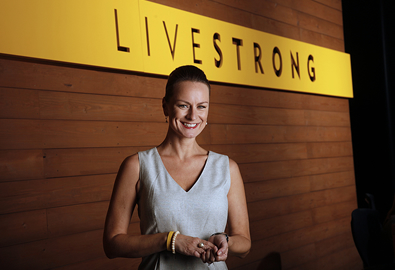At Mach 1, we consider pitching to be an art form. It’s what connects your story to the world through the right reporter, at the right time, in the right way – the steppingstone that gets your message across to an audience.
The tricky part? The media world is changing faster than ever. Newsrooms are evolving, new voices are coming in and the way journalists like to be approached isn’t the same as it used to be. If you don’t adapt, even the best story can get lost in an inbox.
Here are a few tips we’ve put together to get your pitch ahead of the curve.
Know How to Reach Your Audience
The media landscape is always changing, and so are the ways reporters want to hear from you. Some prefer a quick DM on X; others stick to encrypted apps like Signal. As younger journalists enter the field, alternative platforms are becoming the norm. So, before you hit send on that perfectly crafted email pitch, double-check how they like to communicate – otherwise, it might never be seen.
Subject Lines That Stop the Scroll
If your target reporter turns out to be an email lover, then a subject line is your first (and sometimes only) chance to grab their attention. There may be times that they have just a few seconds to check their most recent phone notifications, and if that email is popping up on their home screen, they’re only going to see the first few words of that subject line. That’s why it’s essential to lead with something that immediately signals relevance: a strong stat, a timely keyword or a local tie.
Lose the fluff: “Expert Available” and “Story Opportunity” scream generic. Make them curious instead – drop a hint of your story that’s too good not to click.
B.L.U.F.: Bottom Line Up Front
Take a trick borrowed from the policy world – B.L.U.F., or “Bottom Line Up Front.” It’s a writing style used for decision-makers who don’t have time to read long briefs. (Sound familiar?)
Keep it short. Highlight the key takeaway, then offer a spokesperson or expert who can add insight. If you overload the pitch with every detail, you’ve already told the story — and left them with no reason to follow up.
Remember, your job is to make things easy to digest. If a reporter can’t quickly grasp the story, they’ll assume their readers won’t either, and your email will likely vanish from their inbox in seconds.
Keep It Human
As newsrooms evolve, so do the people behind the bylines. Many are eager to build relationships with sources who make their jobs easier – not harder. So next time you draft a pitch, step into that reporter’s shoes. Think less about what you’re selling and more about how it’s received.
Be clear. Be conversational. Be helpful – because the best pitches don’t just tell a story, they’re the first spark that brings your message to life.


